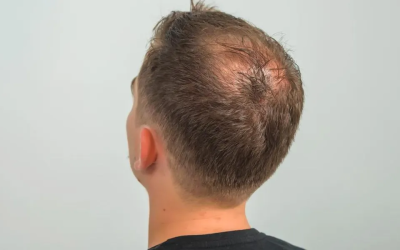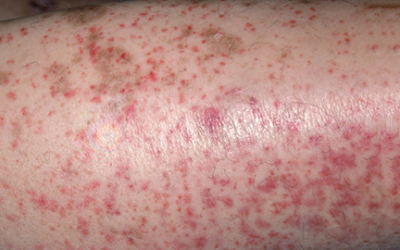Purpura simplex
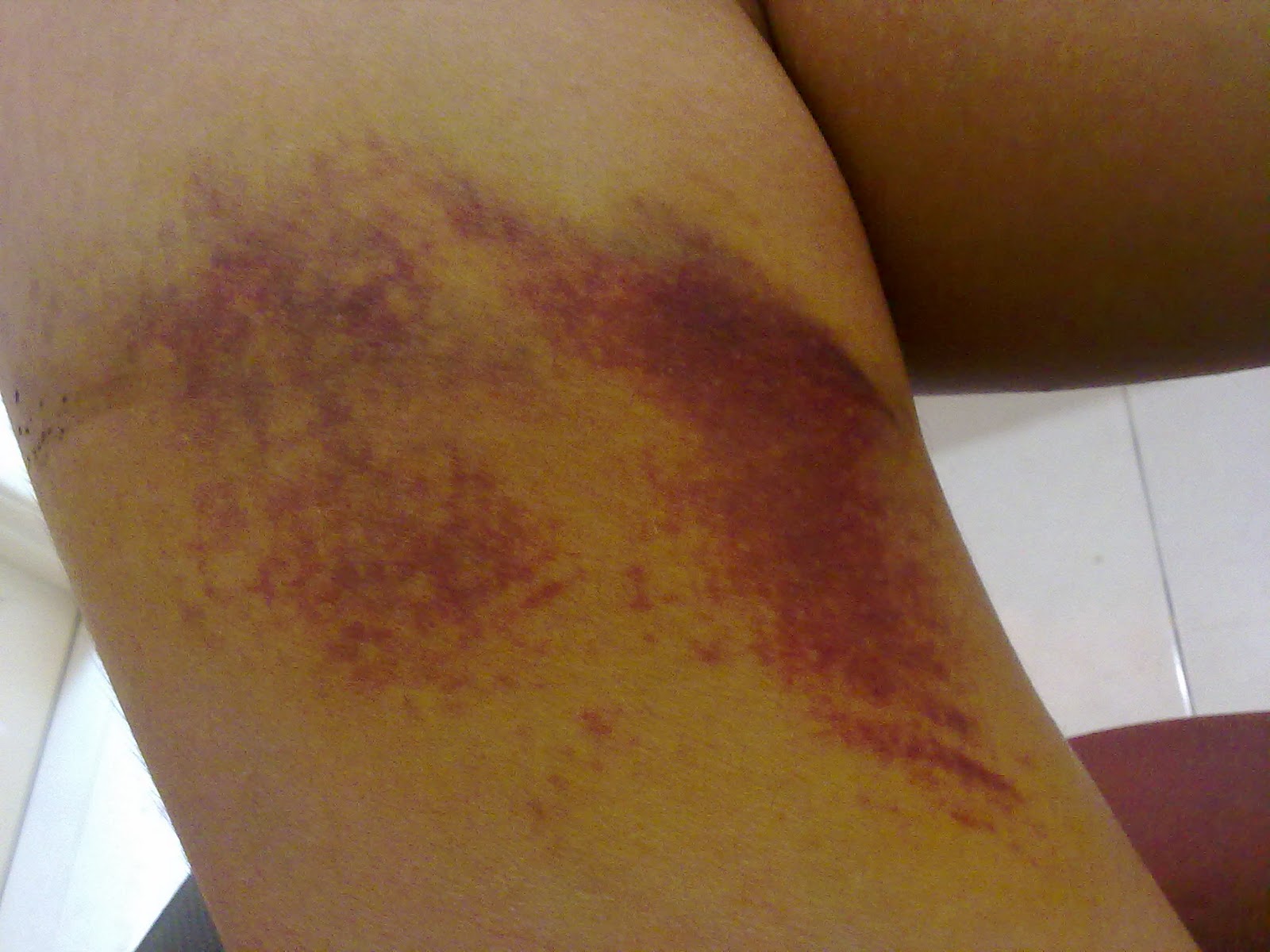
- very common disease
- affects more women than men
- the exact cause and mechanism remain unclear
- there may be various disorders as one of the symptoms or a variant of the norm
- there may be more cases of this disease in the family
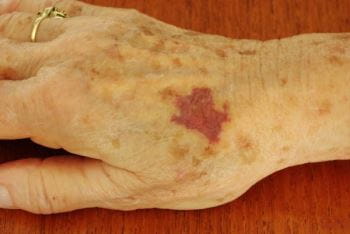
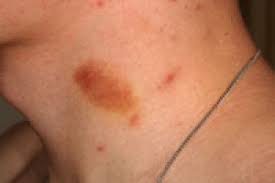
Risk factors
The following factors increase the likelihood of developing this disease:
- low body mass
- taking medicines that affect the clotting system.
- previous use of glucocorticoids (hormones).
- sun exposure
Purpura simplex is characterized by:
- discoloration of the skin and/or mucous membranes due to damage to small blood vessels and bleeding
- color changes occur on their own without previous bruising
- the initial color is violet, which goes through several stages over a few weeks, then the following colors can be seen: orange, brown, blue, green
- by size: up to 2 mm are called petechiae, larger ones are called ecchymoses
- localization: thighs, buttocks, upper arms
Diagnostics
In most cases, the patient’s survey and examination data are sufficient to establish the diagnosis. Blood tests may be performed, during which coagulation indicators are checked (a typical variant of the norm).
Treatment
There is no special treatment. The disease itself, in the absence of another illness, is not life-threatening. It is recommended to correct risk factors, avoid aspirin and preparations containing it.

Androgenic hair loss
Androgenic hair lossAndrogenic hair loss is progressive hair loss that occurs in both women and men. The most common form of hair...
Vasculitis
inflammation of blood vessel walls, which can cause damage to internal organs and skin.
Skin conditions in newborns
It is in the early period of the newborn that various adaptive changes in the skin of the newborn are observed, manifested as it adapts to new environmental conditions.

